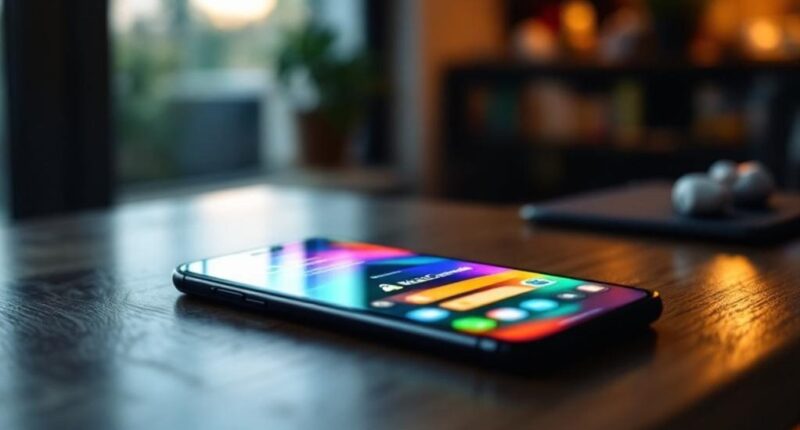Why risk your digital assets when securing your WalletConnect experience takes just a few mindful steps?
Users exploring the crypto landscape need to approach WalletConnect—that magical bridge between mobile wallets and decentralized applications—with the same caution they’d use carrying their life savings through a crowded marketplace.
WalletConnect demands vigilance—it’s your financial lifeline through the treacherous waters of decentralized finance.
The foundation of WalletConnect safety begins with selecting certified wallets displaying official badges.
These wallets have survived the gauntlet of security testing, much like how Olympic athletes qualify through rigorous trials.
The WalletGuide directory offers up-to-date listings of trusted options with proven security histories. The directory features over 450 wallets for comprehensive onchain navigation, making it easier to find secure options.
Network security cannot be overlooked when connecting crypto wallets.
Public Wi-Fi networks are basically the digital equivalent of shouting your secrets in a crowded room—everyone’s listening.
Users should stick to private networks or cellular data.
Ensure their device software remains updated to patch vulnerabilities that hackers might exploit.
Each WalletConnect session deserves individual scrutiny.
Blindly approving connection requests is like handing your house keys to everyone who knocks on your door.
Smart users verify DApp URLs for suspicious misspellings (think “MetaMusk” instead of “MetaMask”).
Terminate sessions immediately after use, rather than leaving digital doors open.
The cardinal rule of crypto security remains constant: never share private keys or seed phrases during WalletConnect interactions.
These should remain stored offline—not floating in digital space where they’re vulnerable to interception.
Think of seed phrases as the genetic code of your wallet; exposure means complete vulnerability.
Permission management might seem tedious, but it’s critical protection.
Wallets should receive only necessary permissions—not access to contacts, messages, or files unrelated to their function.
Enabling push notifications creates a real-time alert system for suspicious activity, like having a security guard who never sleeps.
Your choice between hot or cold wallets should align with your personal risk tolerance and how frequently you plan to access your crypto assets.
When adding multiple wallets to services like CoinTracker, remember to repeat the process for each additional wallet to maintain proper tracking of all your digital assets.









